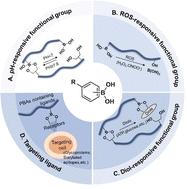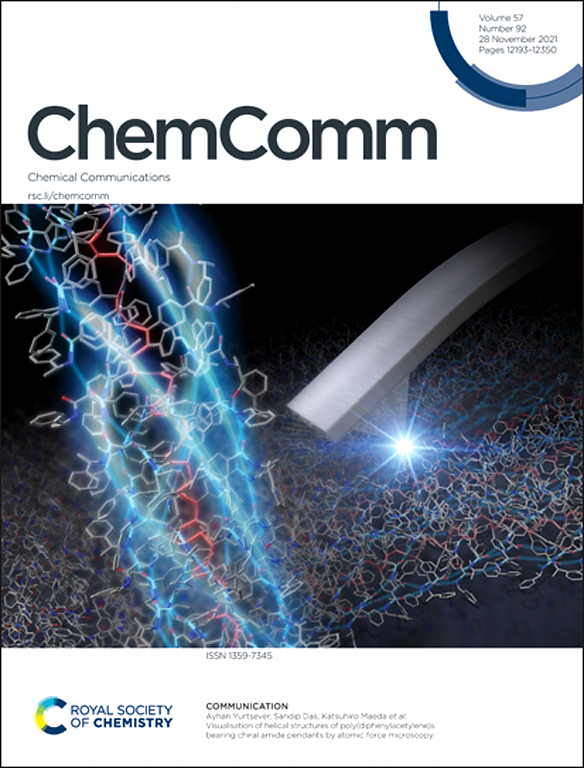苯硼酸修饰纳米粒子用于癌症治疗。
IF 4.2
2区 化学
Q2 CHEMISTRY, MULTIDISCIPLINARY
引用次数: 0
摘要
苯硼酸(PBA)已成为设计用于癌症治疗的功能纳米材料的一个有前途的成分。PBA具有独特的特性,如pH/活性氧(ROS)响应性、低细胞毒性、稳定性以及靶向癌细胞表面过表达的唾液酸残基的能力。pba修饰的纳米材料可用于各种策略,包括化疗、基因治疗和光疗,以增强药物传递、癌细胞靶向和治疗效果。本文综述了pba修饰的纳米材料在癌症治疗中的应用,重点介绍了它们在刺激反应性药物释放和癌细胞靶向中的作用。将PBA掺入纳米颗粒、树状大分子和其他纳米结构中,可以显著提高癌症治疗的选择性和疗效,同时最大限度地减少不良副作用。随着研究和开发的不断进行,基于pba的技术在医学科学,特别是肿瘤学领域具有进一步创新的巨大潜力。本文章由计算机程序翻译,如有差异,请以英文原文为准。

Phenylboronic acid-modified nanoparticles for cancer treatment
Phenylboronic acid (PBA) has emerged as a promising component in the design of functional nanomaterials for cancer treatment. PBA possesses unique characteristics such as pH/reactive oxygen species (ROS)-responsiveness, low cytotoxicity, stability, and the ability to target sialic acid residues overexpressed on cancer cell surfaces. PBA-modified nanomaterials can be utilized in various strategies, including chemotherapy, gene therapy, and phototherapy, to enhance drug delivery, cancer cell targeting, and therapeutic efficacy. This review examines the application of PBA-modified nanomaterials in cancer treatment, focusing on their roles in stimuli-responsive drug release and cancer cell targeting. The incorporation of PBA into nanoparticles, dendrimers, and other nanostructures has shown significant potential for improving the selectivity and efficacy of cancer therapeutics while minimizing adverse side effects. With ongoing research and development, PBA-based technologies have promising potential for further innovations in medical science, particularly in oncology.
求助全文
通过发布文献求助,成功后即可免费获取论文全文。
去求助
来源期刊

Chemical Communications
化学-化学综合
CiteScore
8.60
自引率
4.10%
发文量
2705
审稿时长
1.4 months
期刊介绍:
ChemComm (Chemical Communications) is renowned as the fastest publisher of articles providing information on new avenues of research, drawn from all the world''s major areas of chemical research.
 求助内容:
求助内容: 应助结果提醒方式:
应助结果提醒方式:


